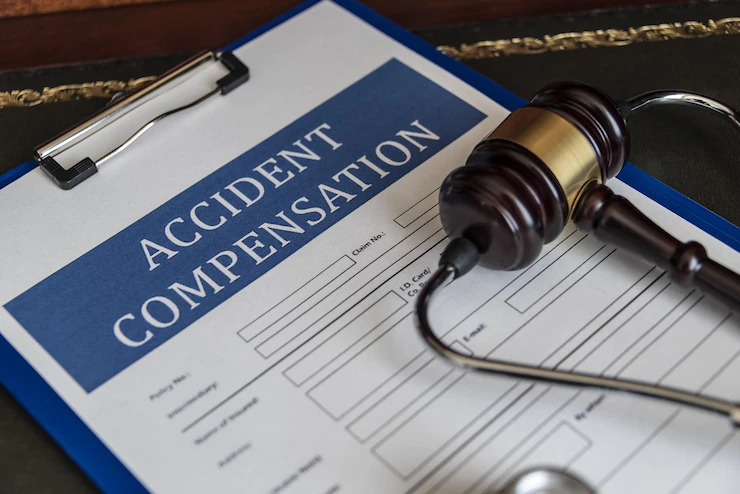5 Workers Compensation Cost Reduction Tactics
4 Mins Read
Published on: 31 March 2022
Last Updated on: 01 April 2022

toc impalement
Are you perhaps one of those companies that are struggling to reduce worker compensation costs. If you are serious about your business and its future, then you probably realize the sizeable risk that workers’ compensation cost claims pose to your organization and the importance of having a plan in place if such claims do arise.
There is nothing funny about on-the-job injuries. As a business owner, you must be prepared for such unfortunate situations, regardless of whether it is a matter of a simple muscle strain or a more serious long-term ailment. If not, it can seriously damage the fate of your business and set it back.
5 Tricks To Control The Employee Compensation Cost:
Staying in control of your workers’ compensation costs is crucial to your bottom line, and in this article, we offer some reduction tactics to help you get started.
1. Obtain Good Insurance
Failing to obtain a good workers compensation insurance policy is a major mistake you must avoid at all costs. People who sustain an injury or become ill at work and are covered by workers’ compensation insurance get medical and salary benefits, and this type of insurance coverage can be used to pay for medical expenses, any missed wages, and even death benefits.
Although most states require insurance for companies with employees, each state has its own set of coverage and benefit requirements. The compensation cost and insurance costs are usually determined by several factors.
For instance, those companies with a larger number of workers and riskier work settings, on average, are required to pay more for workers’ compensation insurance.
2. Report Injuries Right Away
As soon as you learn of an injury, you should report it right away as it keeps you in compliance with state deadlines. If you fail to report an injury immediately, it can result in longer-duration claims and higher compensation costs.
Make sure to establish a policy for communication as employees and supervisors must know who to reach out to and contact when an injury happens. Your company’s point person for reporting claims must then act with a sense of urgency.
3. Set Up A Safety Program

Many injuries can be prevented by having a safety program in place. You’ll be able to identify and eliminate workplace hazards that may cause serious accidents and injuries. Different studies have even shown that the return on investment for such programs is vital.
This might also be the reason why many states, such as California, mandate employers to have a written safety program. When a company puts standards and procedures in writing, it will show that your company is committed to providing a safe environment for employees.
Once you kick off your safety program, remember that it has to be more than just a document. The top management should support it, and proper training should be put into practice to make a profound difference in employee safety which will ultimately reduce the workers’ compensation costs.
4. Create A Return-To-Work Program
Even with an exemplary safety program in place, accidents still occur, and when they do, a return-to-work program can significantly contribute to creating a direct cost benefit to the workers’ compensation claim.
The goal of returning to work program is there to help injured workers return to get back to their professional lives as soon as possible. Even this is on a revised base as they are recovering.
This could include the possibility for an employee to work either part-time or light-duty hours, of course, coordinated together with their medical provider.
Proper return-to-work schedules can have an indirect compensation cost advantage as they can help companies maintain workplace connections with injured workers and avoid alienation due to prolonged absence.
In addition, this type of program also contributes to employee retention and reduces the chances of an employee not returning.
5. Review Your Employee Classifications

This tip is often overlooked but so important to keep in mind. Classification errors are often the reason for your high workers’ compensation rates.
Although every type of business indeed has a different overall rate, each type of employee will have an additional cost connected with their compensation cost and their classification.
For instance, a bookkeeper at a construction company should not be classified as a constructor worker as they don’t carry the same risk. So, double-check to make sure everyone’s classified correctly, as this can ultimately save you quite a lot of money.
Final Thoughts
Even though workers’ compensation cost claims handling can be tedious, it’s essential for a safe and legal workspace. If you’re looking to increase productivity without having to raise fees, obtain good insurance coverage, set up a safety program, and review your employee classification.
Implementing these steps can pay off in a big way and lead to fewer injuries and a happier and safer work environment.
Read Also:


















Comments Are Closed For This Article